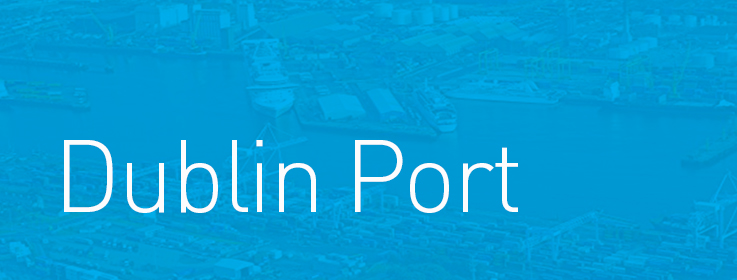
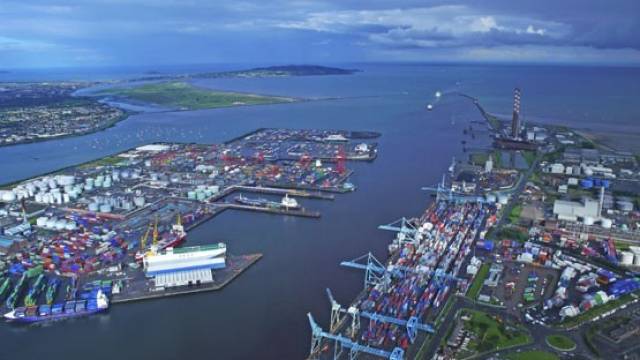
Dublin Port’s Cruise Call Cutbacks ‘Will Have Catastrophic Effect On Industry’
12th March 2019 Cruise Liners

Former Crosbie Property at Dublin Port Taken Over by State for Post-Brexit Checks
22nd February 2019 Dublin Port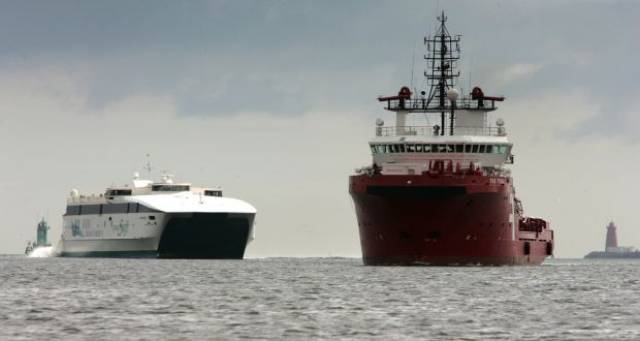
Ship Insurance: Dublin to Become Hub for 40% of Business After Brexit
18th February 2019 Dublin Port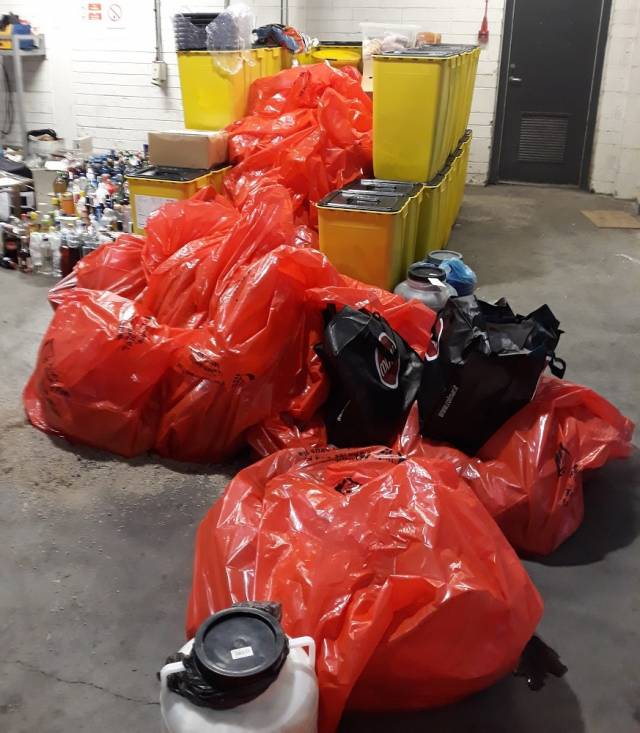
Officials from Agriculture & Customs Seize Illegal Meat Imports at Dublin Port
11th February 2019 Dublin Port
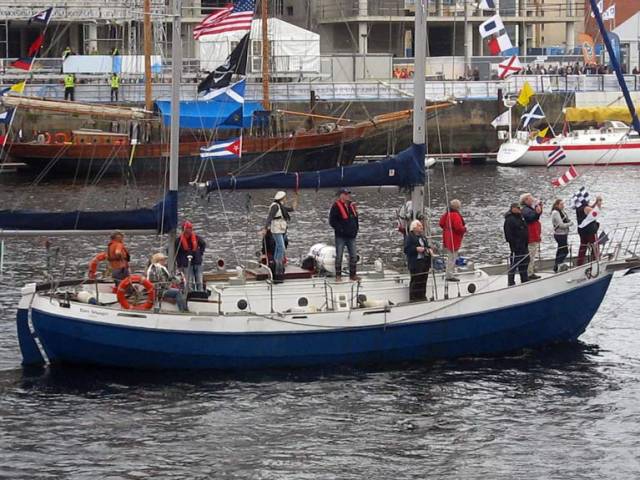
Dublin Port's Ringsend & Poolbeg on the River Liffey – Resonant of Seafaring
23rd January 2019 Tom MacSweeney
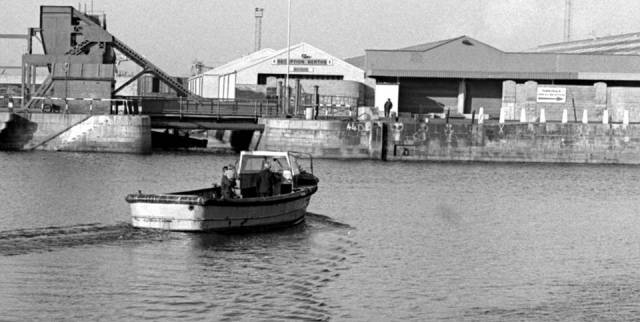
“Cross the Liffey in a Jiffy” in Dublin Docklands As Historic Ferry to Return After 35 Years
22nd January 2019 Dublin Port


























